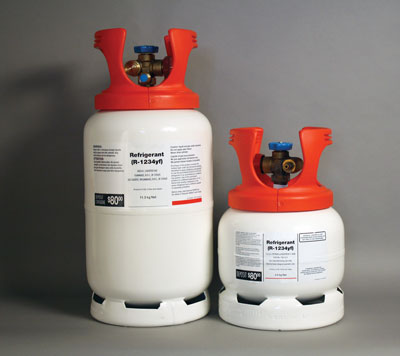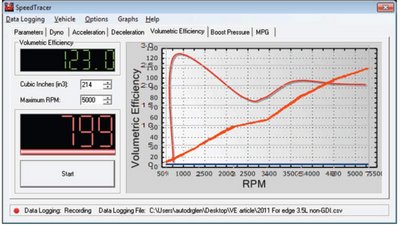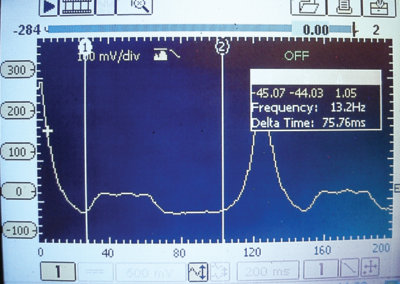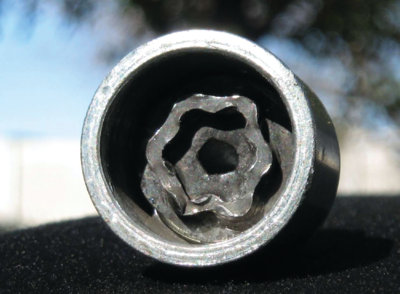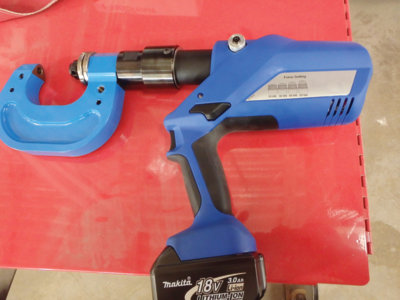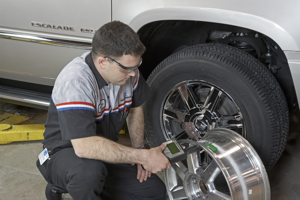 Want to closely monitor air/fuel ratios on your carbureted or EFI vehicle? Holley has just the product for you. Holley is proud to introduce the Holley Wide Band O2 Controller with gauge.
Want to closely monitor air/fuel ratios on your carbureted or EFI vehicle? Holley has just the product for you. Holley is proud to introduce the Holley Wide Band O2 Controller with gauge.
A wide band oxygen sensor is the ultimate addition to any carbureted or EFI vehicle. It will accurately measure any air/fuel ratio between 10:1 and 18:1. This allows the engine tuner to read the air/fuel ratio in real time for extremely accurate tuning.
The 534–201 kit is intended for the consumer who wants to be able to accurately measure air/fuel ratios so the perfect tune-up can be obtained. The 534–201 can also be upgraded later for use with an NTK sensor by simply reconnecting a jumper loop and purchasing the NTK sensor (P/N 534–194).
The Holley Wide Band O2 gauge features a 3–digit numeric display along with a 40 segment bar graph. With the ultra–high intensity light emitting diodes you will be able to see your air/fuel ratio even under direct sunlight.
The P/N 534–201 is designed to operate in street or race environments and will withstand heat, dirt and vibration. The Holley Wide Band O2 gauge will fit in a standard 2–1/16” gauge pod.
Controller Features:
• Small weather-sealed unit for convenient mounting;
• Easy installation;
• Accurately measures A/F ratio between 10:1 and 18:1;
• Will accommodate a Bosch or NTK sensor;
• Includes Bosch LSU4 sensor; and
• Aides in tuning for maximum power and fuel economy.
Gauge Features:
• Features a 3-digit numeric display and 40 segment multicolor bar graph for a quick read;
• Ultra-high intensity light emitting diodes for easy viewing even in direct sunlight;
• Standard 2-1/16” diameter for ease of mounting in a standard gauge pod;
• Built for race environments to withstand heat, dirt and vibration; and
• Connects to vehicle light switch to dim the gauge during nighttime viewing.
For additional information, visit www.holley.com.


